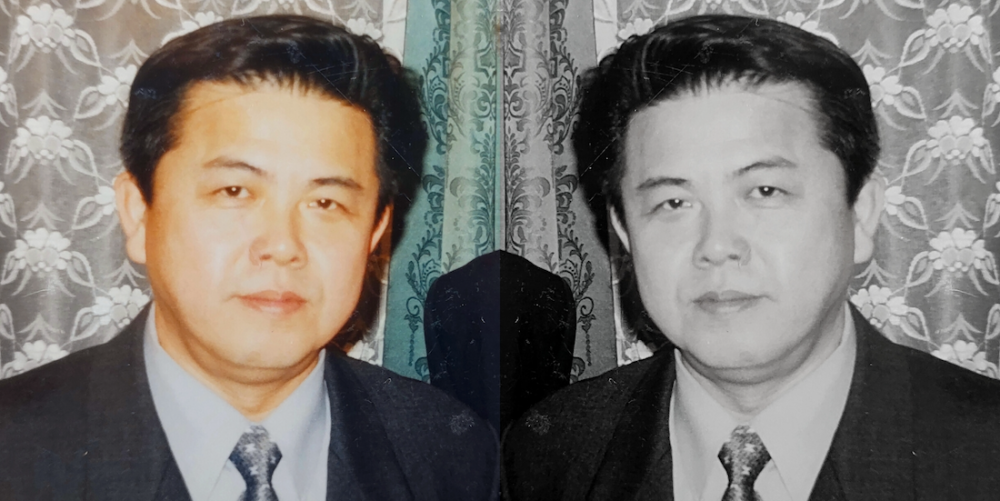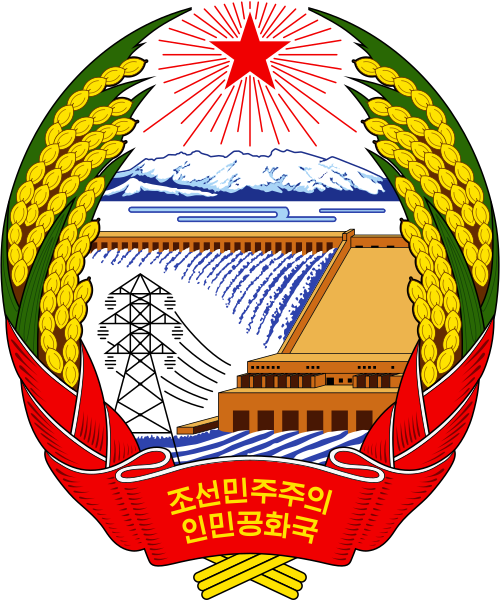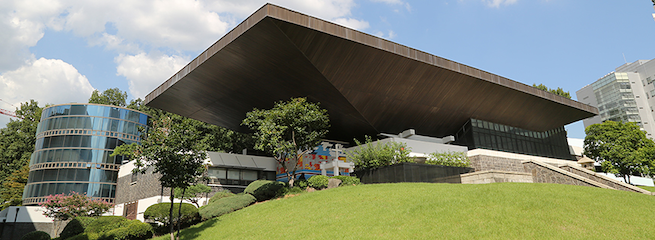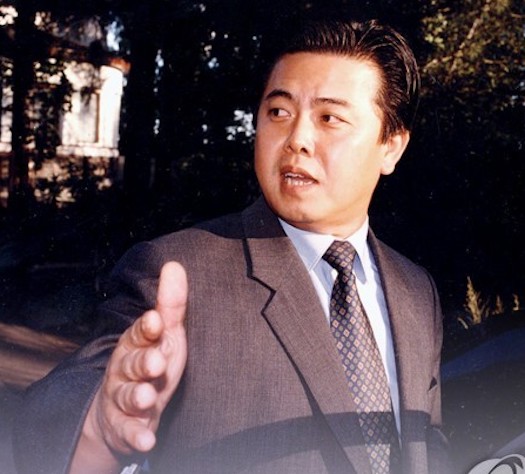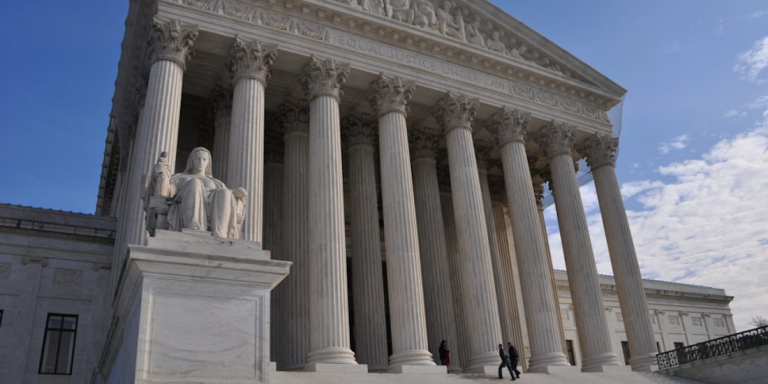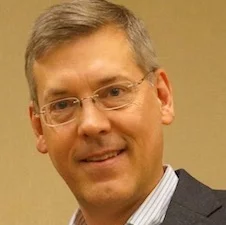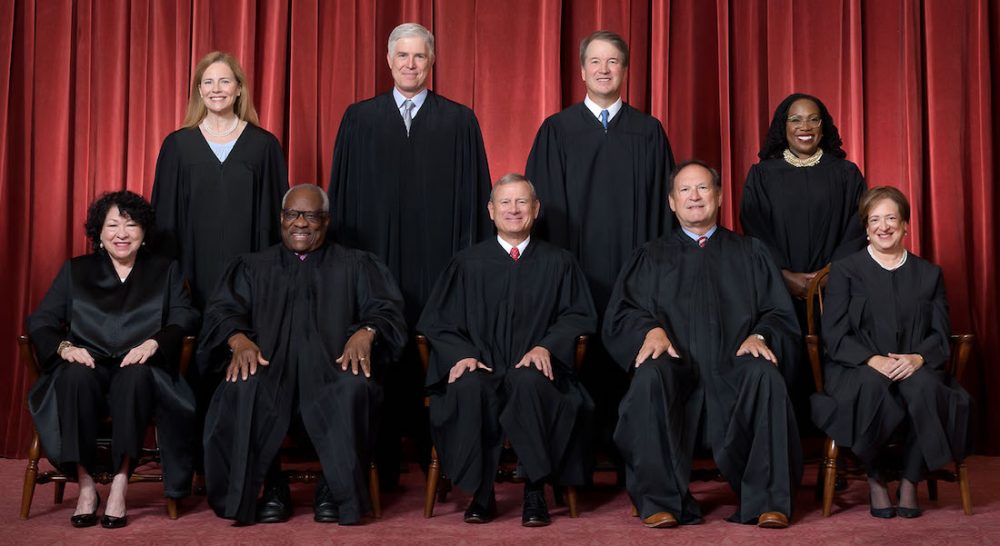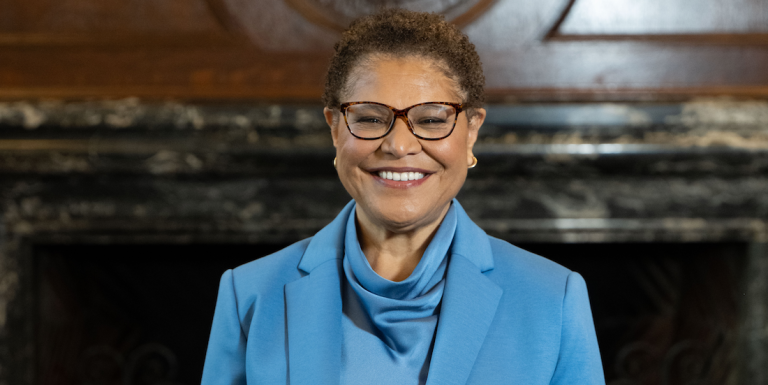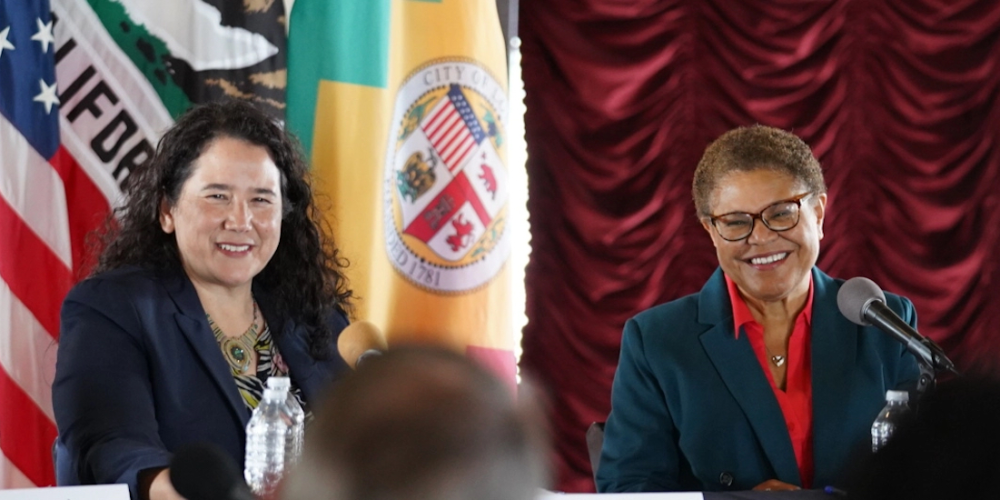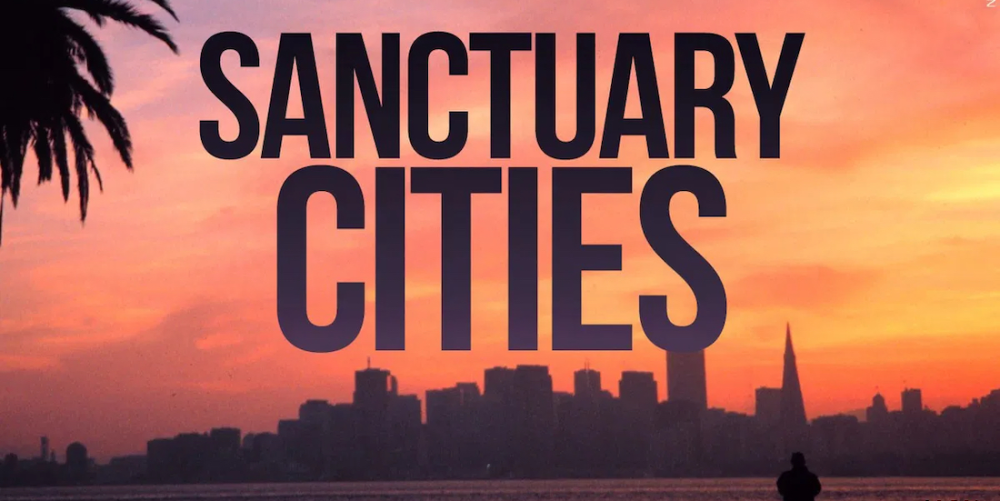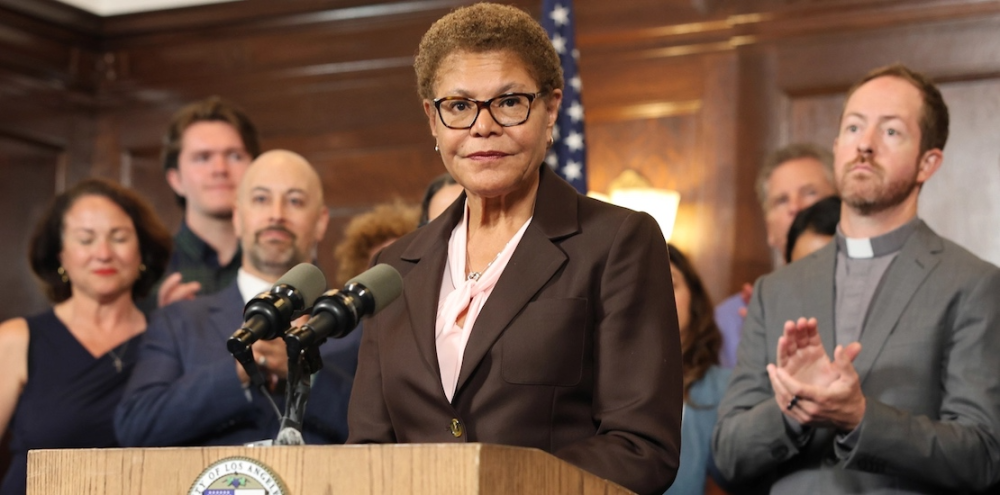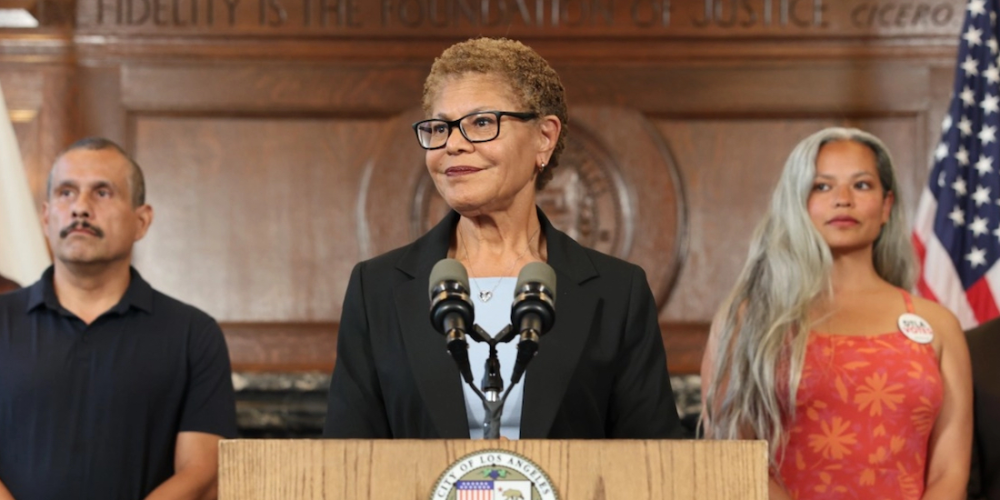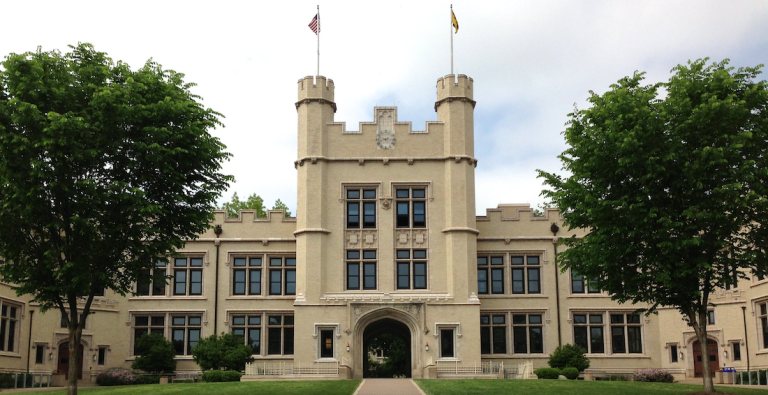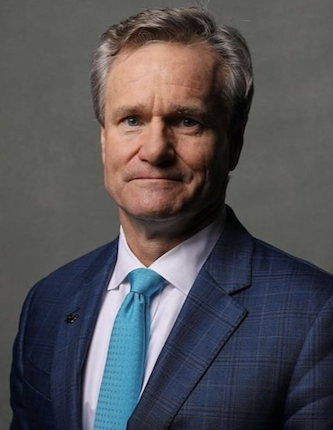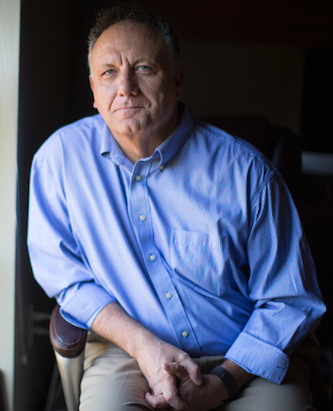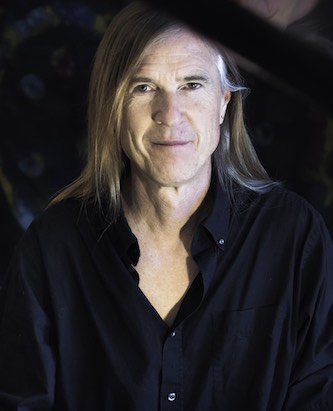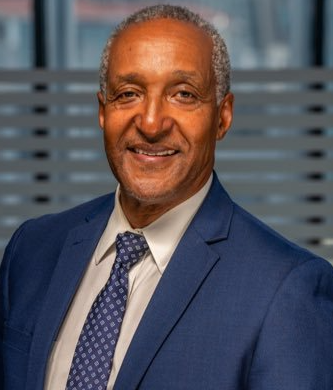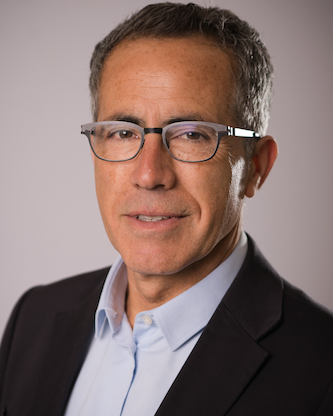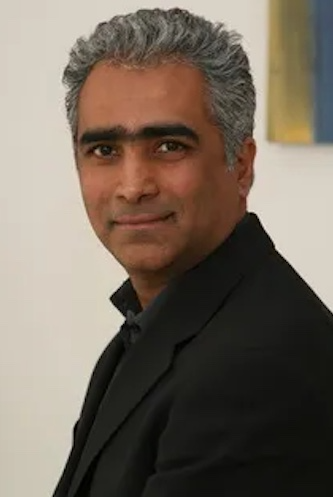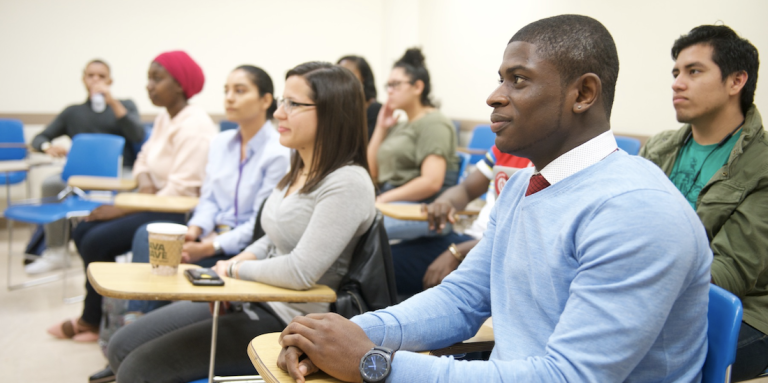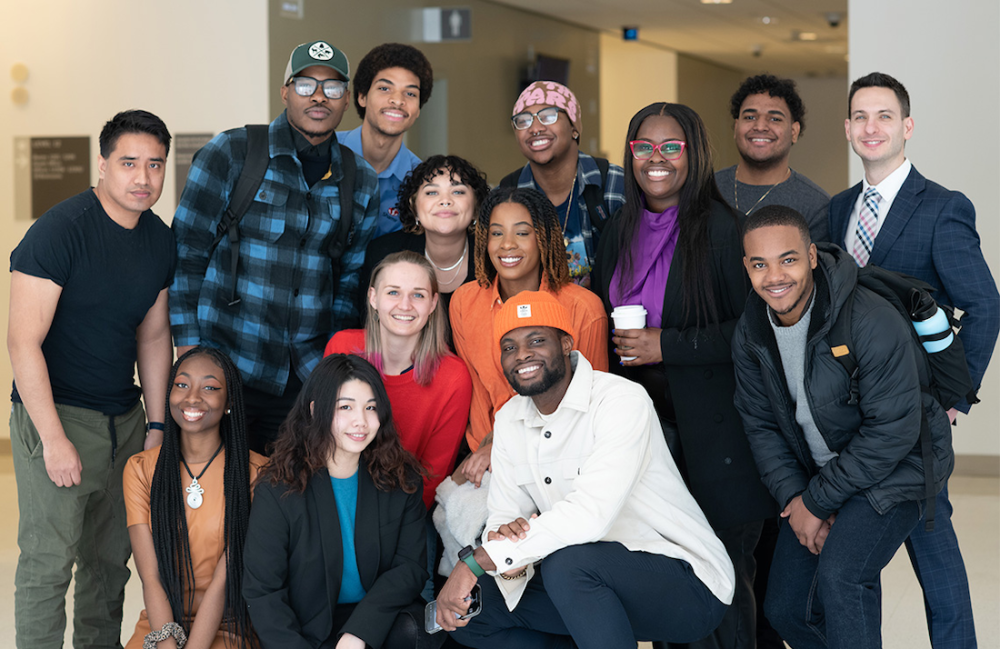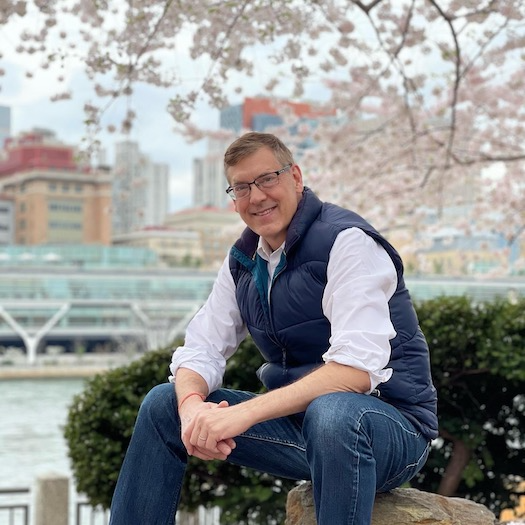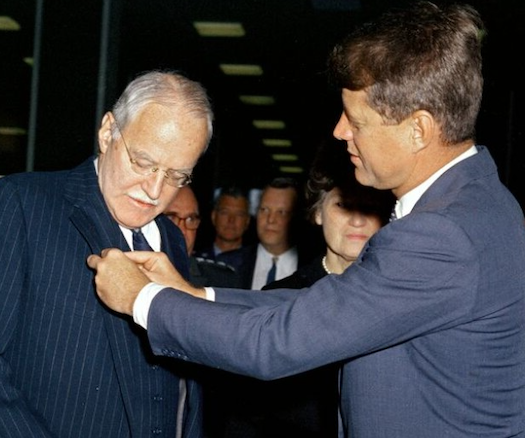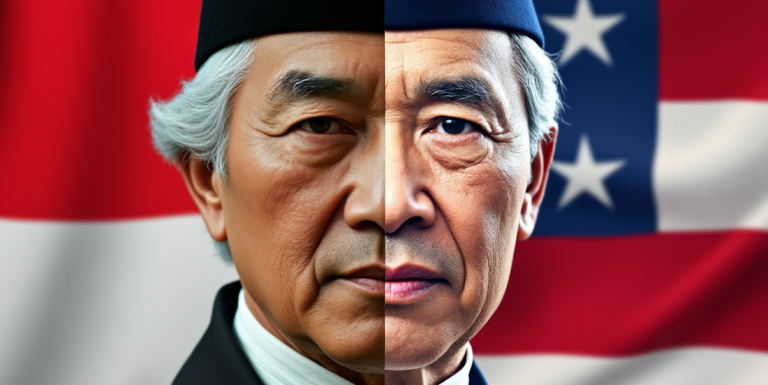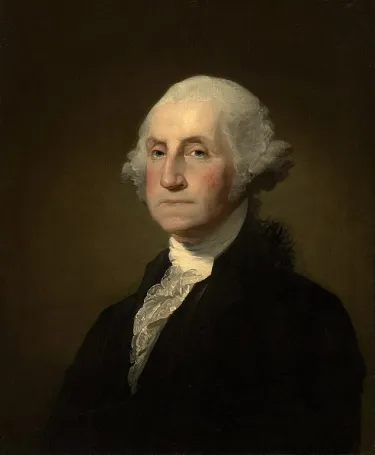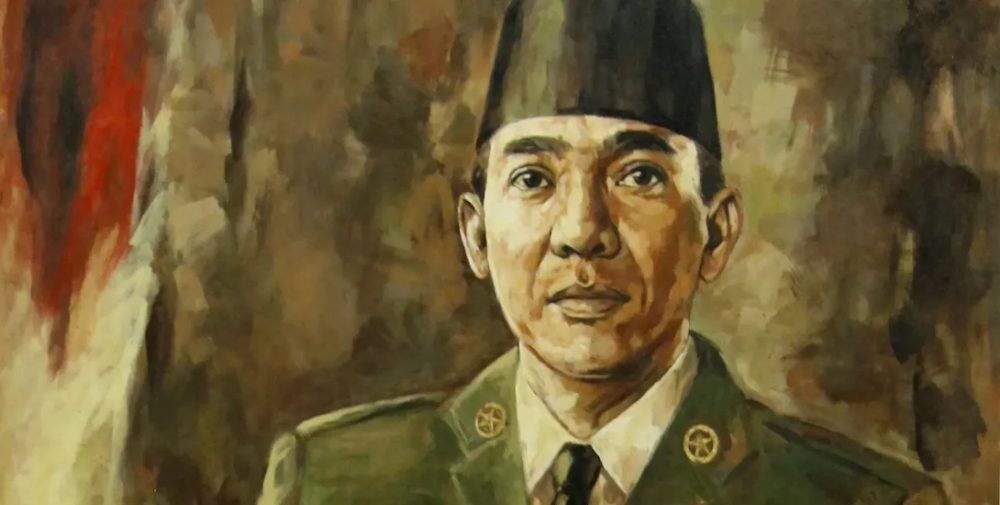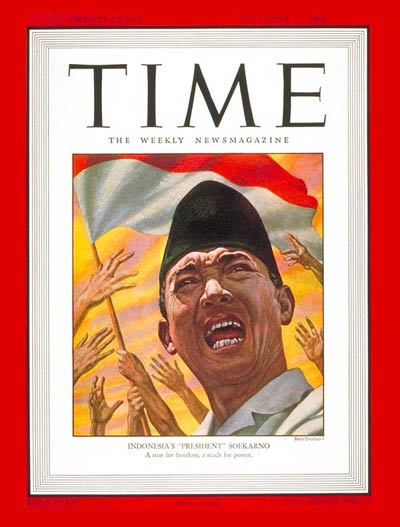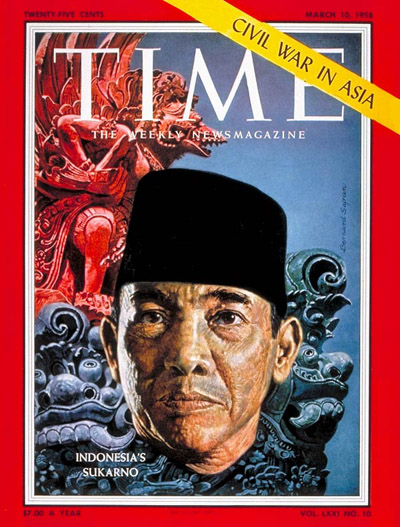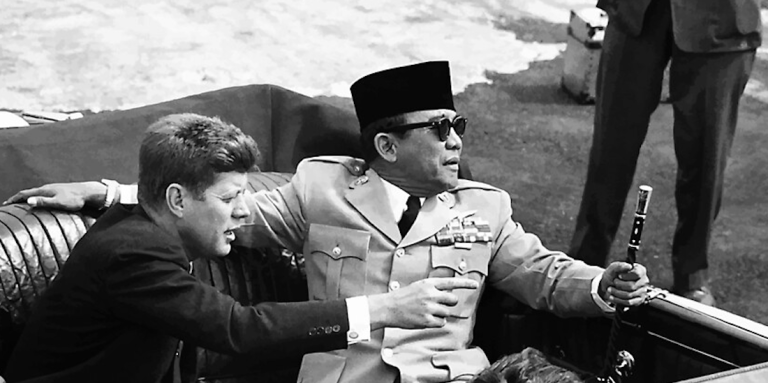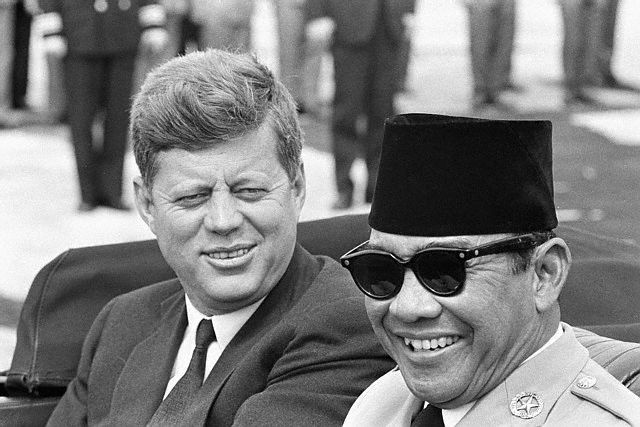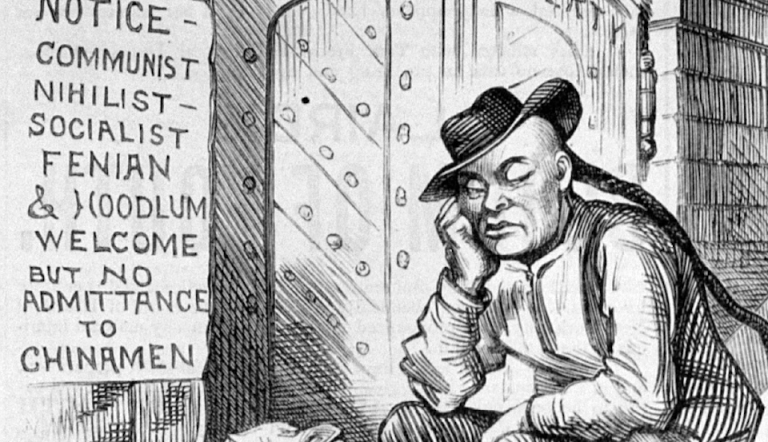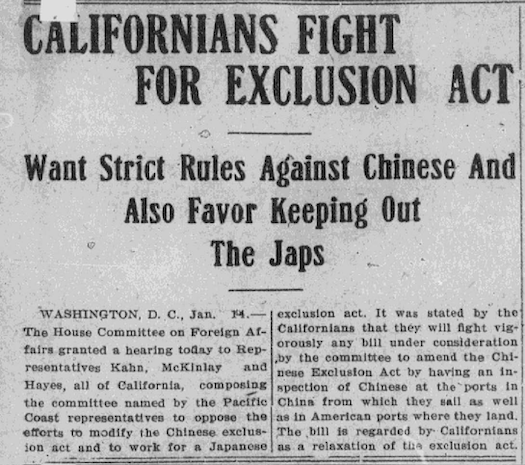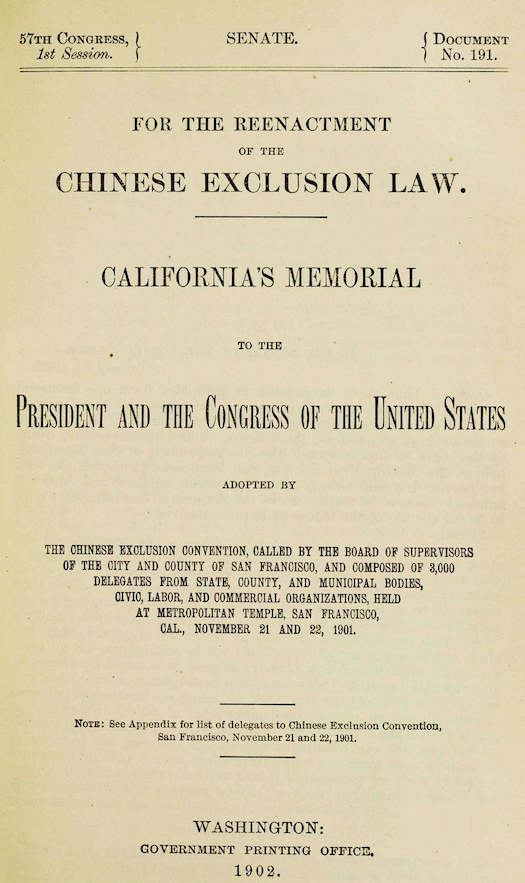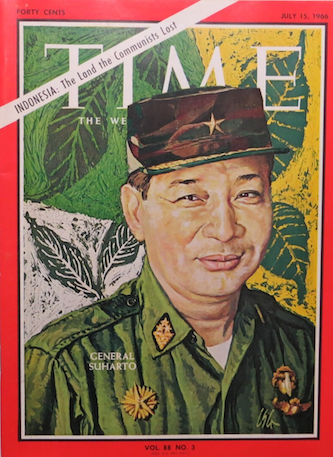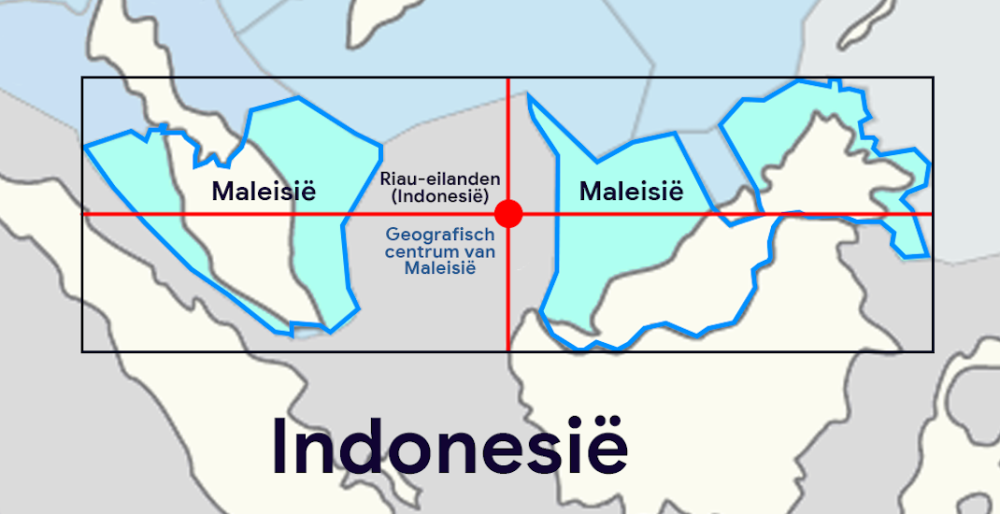A Nostalgic Journey Through My Hometown’s Charm and Legacy
Marietta, Ohio, a picturesque town at the confluence of the Muskingum and Ohio Rivers,
blends natural beauty with rich history. From its brick-laden streets to historic landmarks like
Marietta College and the Castle, this county seat offers a unique glimpse into small-town America.
Join me on a personal tour of my high school hometown, where rivers, bridges, and memories converge.
New York, N.Y. — Growing up with divorced parents meant I called multiple places home, but Marietta, Ohio, holds a special place in my heart. While Oxford, Ohio, boasted sophistication with its university vibe, Marietta captivated me with its rolling hills, cobblestone-like brick streets, and the serene meeting of two rivers—the Muskingum River and the Ohio River.
This county seat of Washington County is more than just a dot on the map; it’s a tapestry of history, community, and personal milestones. Let me take you on a tour of the town where I navigated my teenage years, attended high school, and discovered the meaning of “confluence.”
A Town Shaped by Rivers

In New York City, where I’ve lived for the past 25 years on Roosevelt Island, we talk about “estuaries”—where rivers meet the sea. In Marietta, the key word is “confluence.”
The town was founded at the precise point where the Muskingum flows into the Ohio, a strategic location chosen with intent.
This land, originally inhabited by Native Americans, was claimed through a design approved by General Washington himself, marking the area’s significance in early American history (In fact, there is a plaque opposite the New York Stock Exchange on Wall Street commemorating Marietta!).
The confluence isn’t just geographical; it’s a metaphor for how Marietta blends cultures, histories, and natural beauty.
If you stand near the three bridges spanning the Muskingum, you might glimpse my childhood home on Riverside Lane, a modest brick house perched just past the river’s bend, overlooking the water.
The Ohio River, flowing at the town’s base, connects Marietta to West Virginia via a modern bridge. As a teenager, I’d pedal my ten-speed bike across that bridge for 100-mile “century rides” on weekends—no helmet in those days, just the wind in my hair and the open road ahead. Those rides were my escape, a way to explore the rolling hills and quiet roads of the region.
The Heart of Marietta: Its College and Community

At the core of Marietta’s identity is Marietta College, a gem of Washington County. This liberal arts institution has long been a beacon of learning and leadership.
For a decade, my organization, the J. Luce Foundation, partnered with the college’s Leadership Center to foster community engagement and youth development. The collaboration was meaningful, though it ended after the center’s director passed away—a loss felt deeply by the community.
The college remains a cornerstone, drawing students and visitors to a town that thrives on its academic and cultural contributions.
Marietta’s charm extends beyond the campus. The town was once dubbed the “Brick Capital of the World” due to its abundant clay deposits and the need for bricks as ballast for barges navigating the rivers. Stamped with “Marietta Ohio,” these bricks pave streets throughout the city, giving it a distinctive, historic feel. Walking those streets as a teen, I felt connected to a past where river commerce shaped the town’s fortunes.
A River’s Power and a Town’s Resilience

The rivers that define Marietta also challenge it. When I was young, the Ohio and Muskingum frequently overflowed, flooding the town’s streets.
The Marietta Times, our local newspaper, often featured dramatic photos of boats drifting down Front Street during these floods.
These events were both disruptive and oddly unifying, as the community rallied to clean up and rebuild. The floods taught me resilience—how a town could face nature’s unpredictability and come back stronger.
My first job, at an antique store across from the Lafayette Hotel at the rivers’ confluence, was a crash course in history and human nature.
I learned to appraise old treasures—furniture, jewelry, and curios—while observing the quirks of customers who wandered in from the hotel or off the street. That job, right at the heart of Marietta, opened my eyes to the value of stories embedded in objects and the people who cherish them.
Memories and Mentors: A Full-Circle Moment

One of my most cherished memories involves Peter Yarrow, a mentor and folk music legend from Peter, Paul and Mary. In a full-circle moment, Peter joined me in Marietta for a benefit concert supporting Orphans International Worldwide, another family charity.
We flew from New York through Washington, D.C., and into West Virginia, then drove to Marietta. Standing in front of that same antique store where I’d worked as a teen, we posed for a photo—a snapshot of my past and present converging.
That moment encapsulated how Marietta, though small, has always been a place where significant memories are made.
Marietta’s historic homes add to its allure. One, known simply as “the Castle,” loomed large in my childhood imagination. Its Gothic architecture intimidated me, and I half-believed it was haunted. Spoiler: it’s not! Today, it stands as a museum, preserving Marietta’s heritage and welcoming visitors to explore its storied rooms. The Castle, like much of Marietta, is a reminder that history is alive, not just in museums but in the streets and homes we pass every day.
Why Marietta Matters
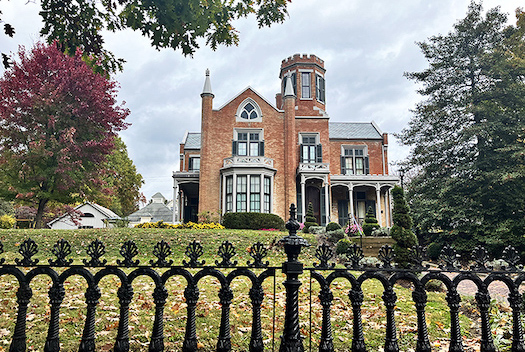
Marietta, Ohio, isn’t just a place I called home—it’s a microcosm of small-town America, where history, nature, and community intersect. Its rivers shape its geography and its character, drawing people together in times of celebration and challenge.
From the brick streets to Marietta College, from the Lafayette Hotel to the stories embedded in places like the Castle, this town is a testament to resilience and connection.
For those who’ve moved often, like I did, home can feel elusive. Marietta gave me roots, even if they were temporary. It taught me to appreciate the beauty of a place not for its size but for its spirit.
Whether you’re biking across the Ohio River, strolling past historic homes, or standing at the confluence of two rivers, Marietta invites you to pause and reflect on what makes a place home.
Discovering Marietta, Ohio: A Confluence of Beauty and History (July 14, 2025)
Summary
In Marietta, Ohio, rivers and history converge to create a timeless hometown. From brick streets to Marietta College, this Washington County gem blends natural beauty with small-town charm. Join me on a nostalgic tour of my high school days, where century bike rides, antique store lessons, and the iconic Castle shaped my memories. Discover why Marietta’s confluence of rivers and stories makes it unforgettable.








